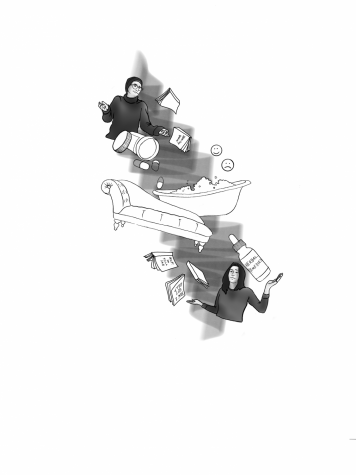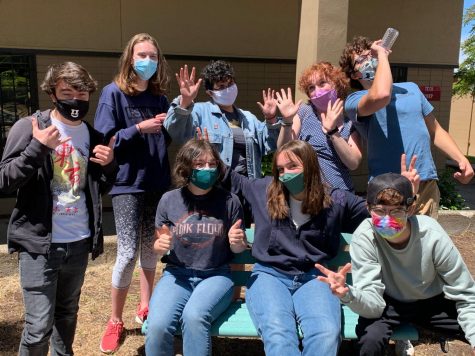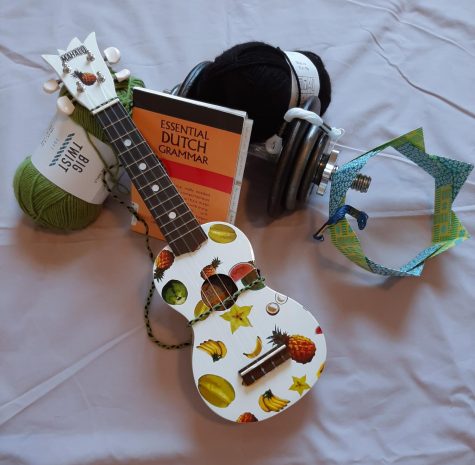Dealing with Depression: A Trial in Treating Depression

Depression, it’s an epidemic, isn’t it? I hear people’s stories, their ups and downs, their ‘remedies’. With such a surplus of Do this, do that out there, I feel it’s beneficial to hear another person’s experiences on the matter. Now, I understand that all people’s symptoms and situations are different and no cure-all actually exists. So, this article is my opinion on what I experienced when trying out commonly suggested treatments for depression. After a lot of consideration, I came to the conclusion that this article should be a review aimed at helping people start a long and sometimes scary process of helping themselves deal with mental health issues all too prevalent in our society.
Throughout my research, I came across a variety of opinions, some scientifically backed and some not. One advised Take a shower! As if intense melancholia was as simple as a dirt stain on the mind. The treatments I chose to implement ranged from demanding changes, like attending regular therapy sessions, to simple things, like designating time to do nothing. After scouring the web, speaking with a therapist, and having an interview with Ashland High school’s on-campus mental health specialist, I chose to attempt the following suggestions: creating time for new hobbies, like gardening, walking, painting, and writing in a journal; adding a new fitness activity to my routine; and attending therapy. I chose these methods because they cover both big first steps and small ones, something for anyone who wants to try implementing self-help methods.
Starting easy, I went to sources such as Psychology Today and Mayo Clinic to get a few online recommendations. The suggestions I found aimed to organize the brain, settle stress, and think more positively. They were more like coping mechanisms than “cures” for depression. One recurring idea throughout these online ‘self-help’ guides was to try journaling. I did this every day for a week, writing my experiences, activities and thoughts throughout the day. Something I found helpful was writing open letters to myself and people around me. Overall, this exercise helped me verbalize feelings that previously existed solely in my head and organize my thoughts. It proved to me how much I keep inside, something I definitely need to work on.
Mayo Clinic suggested finding new hobbies as a way to relieve stress, an emotion often linked or contributing to depression. This suggestion seemed useless to me initially. I’ll be the first to admit, I am a busy-body. Making time to do things I enjoy is difficult to justify. Netflix and YouTube are not stress-free or relaxing hobbies, as they stimulate the brain, not calm it. So I couldn’t even justify that I vegetate at times. This article forced me to consider a perfectionistic part of myself, then confront it.
I made myself try gardening, something I’d been interested in for a while. Since I waited until early November, it was cold and wet and my tomato plant frowned at me the whole time. Still, the act of potting plants and decorating my house with succulents—things that were alive and reaching for the sun everyday—affected me more than I thought possible. I found that walking past these plants, I would just smile. It was a reminder to stop and take a second, something I desperately need.
After these activities, I moved on to a more in-depth approach. Taking the advice of Ashland High School’s mental health professional, Melodee Baldridge, I signed up for a new exercise activity—yoga. It’s well known that exercise is a viable means of keeping chemicals in the brain balanced to assist in managing depression. New activities also lead to social interaction, which can help counteract the isolative tendencies depression often brings—something the therapist I spoke with was adamant about.
When I first arrived to the class, I was tired, nervous, and wondering why I’d come; I could’ve just touched my toes or something. Throughout the class, however, I felt myself become more and more comfortable. The atmosphere was relaxed and it didn’t matter that I had no clue what I was doing. The instructor focused on how breathing deep in and out, in correspondence to the positions, helps to calm the nervous system. It wasn’t very rigorous activity, being a class for beginners, but I left feeling calm. Afterwards, I wasn’t worried about the usual stressors; it felt like I was affixed to the ground, and the ground only needed to know which foot to put down next. I only attended one class and I am aware that to fully experience the benefits of a work-out like this would require more than a single go. I’ve experienced such a benefit with an exercise program I began in July of this year. After a few months of going to the gym to do weights and the creation of a consistent routine, I felt so much more confident. I felt strong for the first time in my life, and that confidence transferred to nearly everything I did. A huge part of this change, I believe, came from the regular endorphin exposure I established in my brain. All in all, introducing a new exercise helped me stay focused in many other areas of my life, keep my stress levels down, and be an overall more confident person.
The last and most vital treatment was talk therapy. Therapy is the number one recommended treatment and was suggested to me by all sources I consulted; both Baldridge and the therapist I interviewed were adamant about the effects of talk-therapy. It is by far the most important to include in this review. When I interviewed Ms. Baldridge about treating depression, she explained how she uses what’s called an ‘integrative approach’ and ‘behavior plan’ to assist in reprogramming the depression pathways that form in the brain. “If a person came to see me, I would assess them. We look at diet, exercise, they would see the nurse, and we would collaborate and figure out how we can change behaviors and diet to create a full, well rounded approach.” I didn’t have time to take on the extensive task of re-organizing every aspect, but it is important information regardless for anyone inquiring about how depression treatments may be addressed in therapy.
When asked about resources in the community, Baldridge responded, “I’m a free resource! Because you can sign for your own mental health care at fourteen, if you don’t want to pull your parents in, you can come here for free counseling.” Due to the climbing numbers of patients with anxiety, nearly all counselors are booked in and around the Ashland area, making the school’s health center a valuable resource. For anyone looking for out-of-school help, Ms. Baldridge mentioned another source. “Your next best bet is gonna be the Community Counseling Center. The interns charge ten dollars an hour which is pretty inexpensive.” She described the SOU interns as very capable and a wonderful resource for people looking for cheaper therapy in the area. The therapist I spoke with recommended the same organization.
For this review (and for myself), I went and signed up for a couple weeks of counseling. I wish I could correctly explain how valuable it feels to just talk to someone. It was a new experience to have a person who’s there to simply listen and help me. There was never any worry about saying something wrong. Sitting, drinking tea and being asked questions about my world, with no agenda, no outside influence to please or conform to, made my life seem like mine for the first time in so long.
I mentioned earlier that I have a difficult time with managing stress. My counselor noticed this fairly quickly, likely by the incessant twisting of the ring on my forefinger. They suggested we use our time to focus on stress management. We focused on breathing—four seconds in, 6 seconds out, a technique I’ve implemented as of late. Every time I see a door frame, I’m supposed to take a deep breath. I’ve breathed better in this week than I have in six or seven years. I walk through a lot of doors. She also had me talk about my relationships and how my lifestyle, in relation to stress, affects them. Not only are these sessions helping me relax, I can begin to analyze myself in a way that promotes positive changes. Overall, therapy is no hoax; that’s my impression. There is no cure-all, but there are many methods for assisting people towards a better self, one who may have a grip on depression.
I began this article with the hope of helping others, despite the cliché. I understand now it was as much to help myself. If I didn’t have a reason to step back and assess myself, I never would have. I needed to do this research because this article was my first step. When trying these things, I had to look myself in the eyes and say, how did that change me? And, after it was all finished, I had to ask, why did I do it? I won’t give advice and I can’t say any of these methods will help others. What I can do is lay my experiences on the table and let them be picked apart in the blind hope that someone will find a fleck of gold; gold which helps unveil a path towards sustainable mental health. Facing a monster can be terrifying—I promise, I’ve seen plenty; but now there’s a hint of triumph, an idea that the monsters can be tamed and depression doesn’t have to control any of us.





Sky • Dec 23, 2018 at 9:35 pm
I very much appreciate your vulnerability in sharing your experience (and these great tools) with others. These days, most of us truly need such things to help us manage the daily challenges of this life.